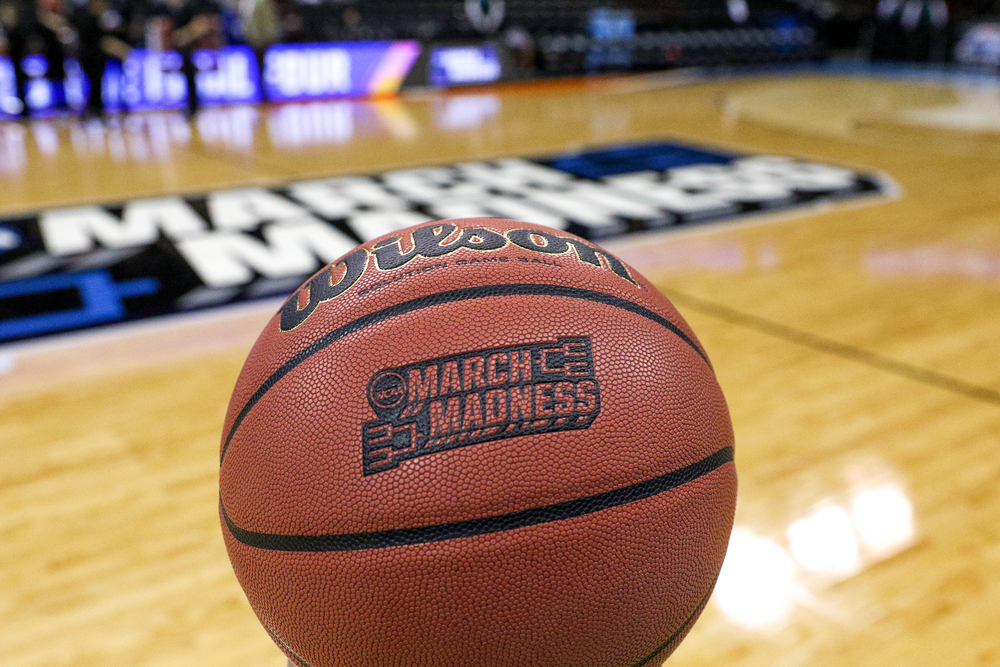Basketball has solidified its position as the second most popular sport in the United States, trailing only behind football in amateur participation levels. According to the National Sporting Goods Association, basketball boasts over 26 million regular players in the U.S., surpassing any other team sport in the country. This widespread appeal is not limited to America; globally, basketball engages an estimated 450 million individuals.
The sport, invented in 1891 by James Naismith, a Canadian physical education instructor, was initially designed as an indoor activity to keep youths active during the harsh winter months in Springfield, Massachusetts. Today, basketball is universally celebrated across all age groups and genders, from elementary schools to professional leagues.
The Pinnacle of College Basketball: March Madness
March Madness, the NCAA’s 68-team Division One national championship, stands as the most anticipated basketball tournament. Fans worldwide support their favorite teams, fervently hoping they advance through the rounds to ultimately claim the championship title.
The Connection Between Basketball and Jumper’s Knee
A significant concern among basketball players is patellar tendinopathy, commonly known as Jumper’s Knee. This condition affects more than 20% of college basketball players, with early signs detected in 12% of asymptomatic athletes through ultrasound. Characterized by pain, swelling, and stiffness, this knee injury significantly impacts athletes’ performance and career longevity.
What Exactly is Jumper’s Knee?
Jumper’s Knee is identified by pain at the lower pole of the patella, exacerbated by activities that involve heavy knee use, such as jumping. The condition stems from the strain placed on the patellar tendon when the quadriceps muscle contracts, extending the knee.
The Pathophysiology of Patellar Tendinopathy
Jumper’s Knee follows a progression starting with reactive tendinopathy, a phase where the tendon adapts to increased loads by thickening. If the stress continues, the tendon enters a state of disrepair, characterized by a breakdown of the matrix and disorganization of its structure. In severe cases, degenerative tendinopathy occurs, marked by chronic tissue degradation and an inability to reverse the changes.
Diagnosis and Treatment Options
Diagnosing Jumper’s Knee typically involves a physical exam, with imaging such as ultrasound or MRI used to assess the extent of injury. Treatment strategies focus on managing symptoms and improving tendon health through physical therapy, which may include eccentric loading exercises. Additionally, treatments like cryotherapy, ultrasound therapy, and non-steroidal anti-inflammatory drugs are employed, although their long-term efficacy is debated.
The Role of Platelet Rich Plasma (PRP) in Treating Jumper’s Knee
Platelet Rich Plasma (PRP) therapy has emerged as a potent alternative to traditional treatments, showing promise in enhancing tendon repair and alleviating symptoms. Administered under ultrasound guidance, PRP injections stimulate tissue regeneration and have been acknowledged as a viable first-line treatment in numerous studies.
Integrating Shockwave Therapy
Shockwave therapy is another non-invasive treatment that complements PRP by promoting pain relief and tissue healing. The therapy works by emitting acoustic waves that stimulate biological responses in the tissue, enhancing cell proliferation and protein synthesis.
Conclusion: A Holistic Approach to Managing Jumper’s Knee
Given the complexities of Jumper’s Knee, a combination of PRP and shockwave therapy presents a compelling treatment strategy, offering immediate pain relief and promoting long-term healing. This dual approach should be considered a frontline solution for athletes dealing with this debilitating condition.
As basketball continues to captivate millions globally, understanding and addressing the risks of injuries like Jumper’s Knee is crucial for preserving the health and careers of athletes. By advancing treatment strategies and focusing on effective, less invasive options, medical professionals can better support the athletic community in overcoming these challenges.
Studies
Healthcare 2023 Nov;11(21):2830 PMID 37957975
Orthop Trauma Surg 2023 Aug 4;143(11):6695-6705 PMID 37542006
Sports 2024 Feb 1;12(2):46 PMID 38393266
Journal Of hand surgery 2001 Jun 1;26(3):224-8
Scandinavian Journal of Rheu 2004 Mar 1;33(2):94-101








